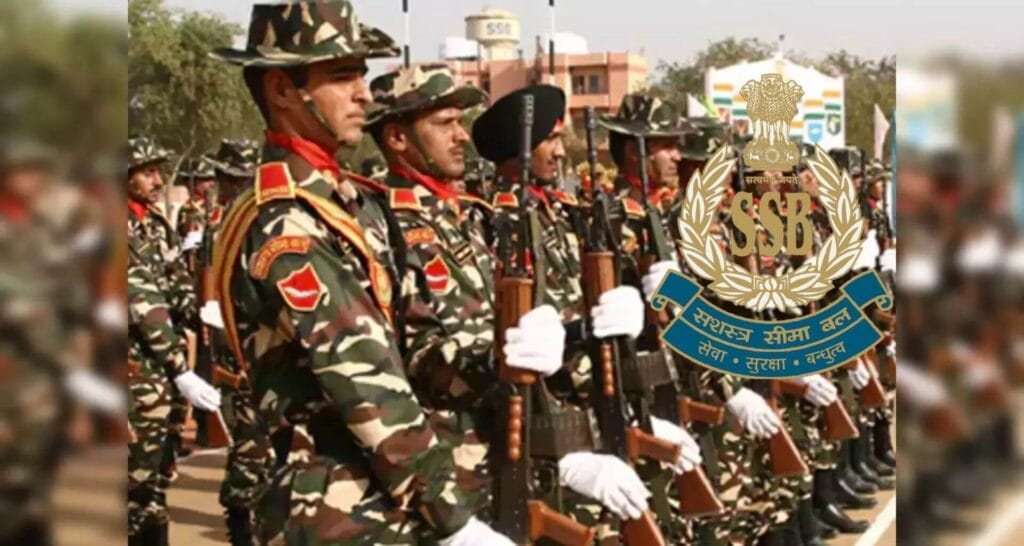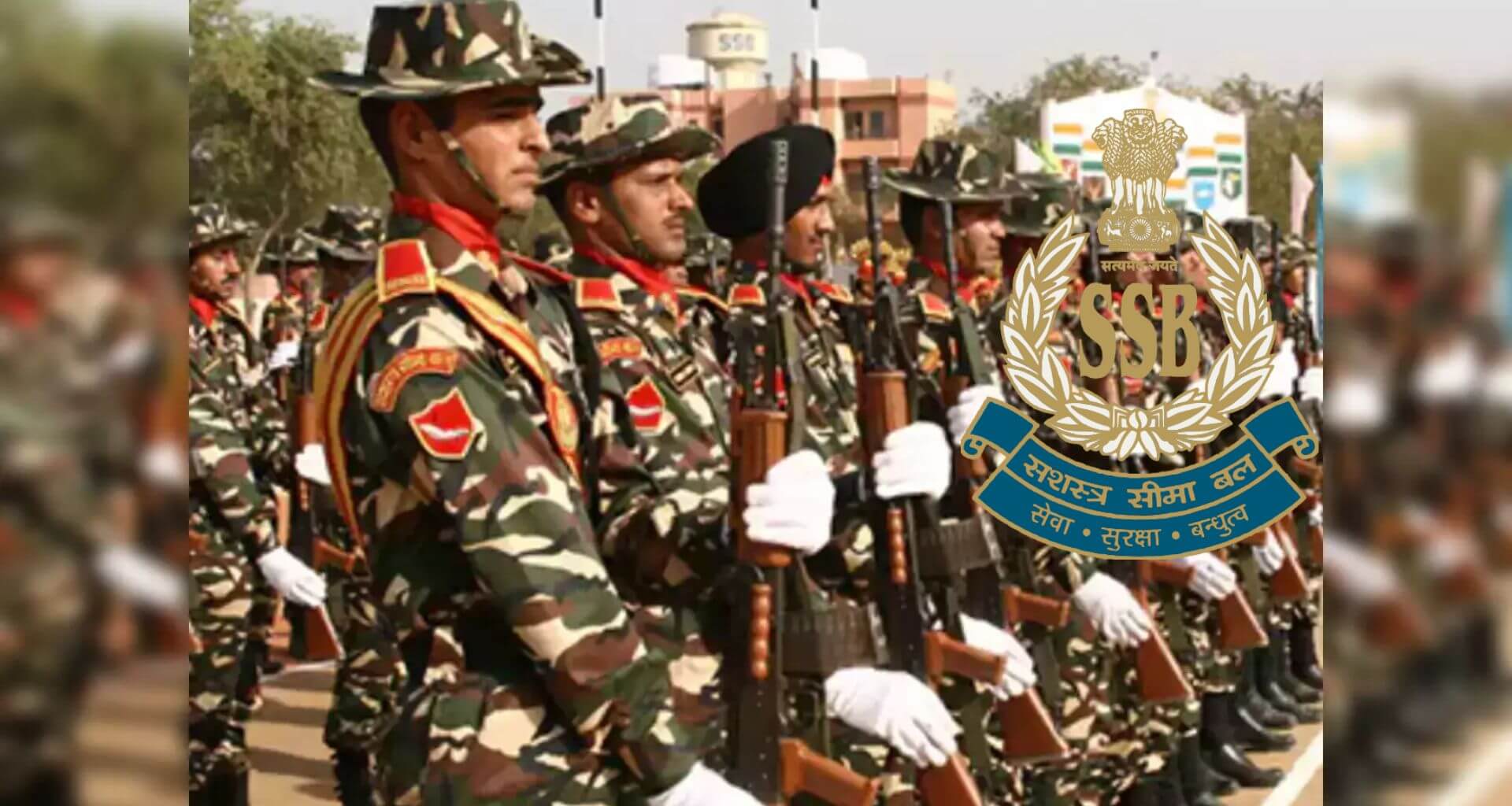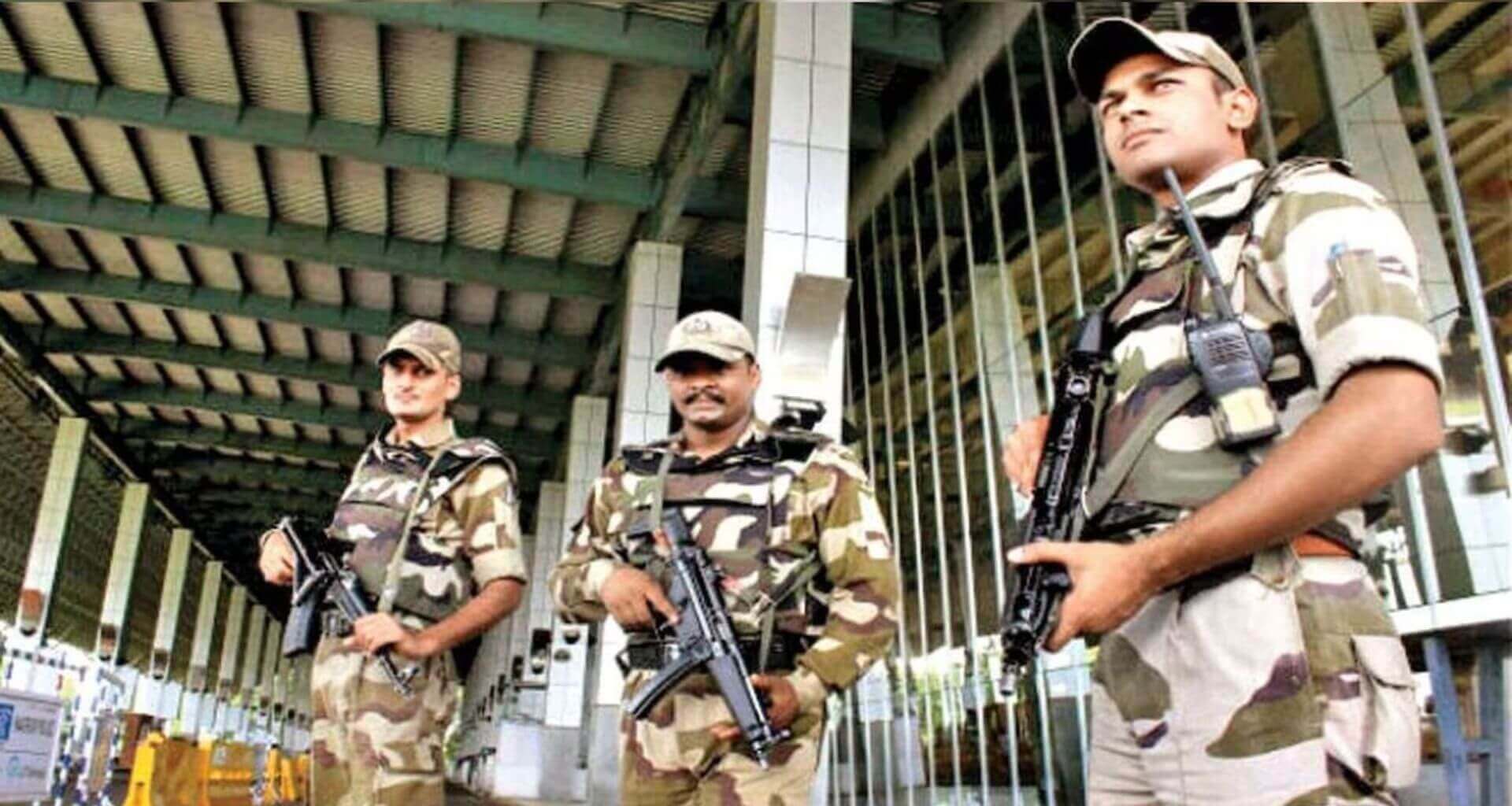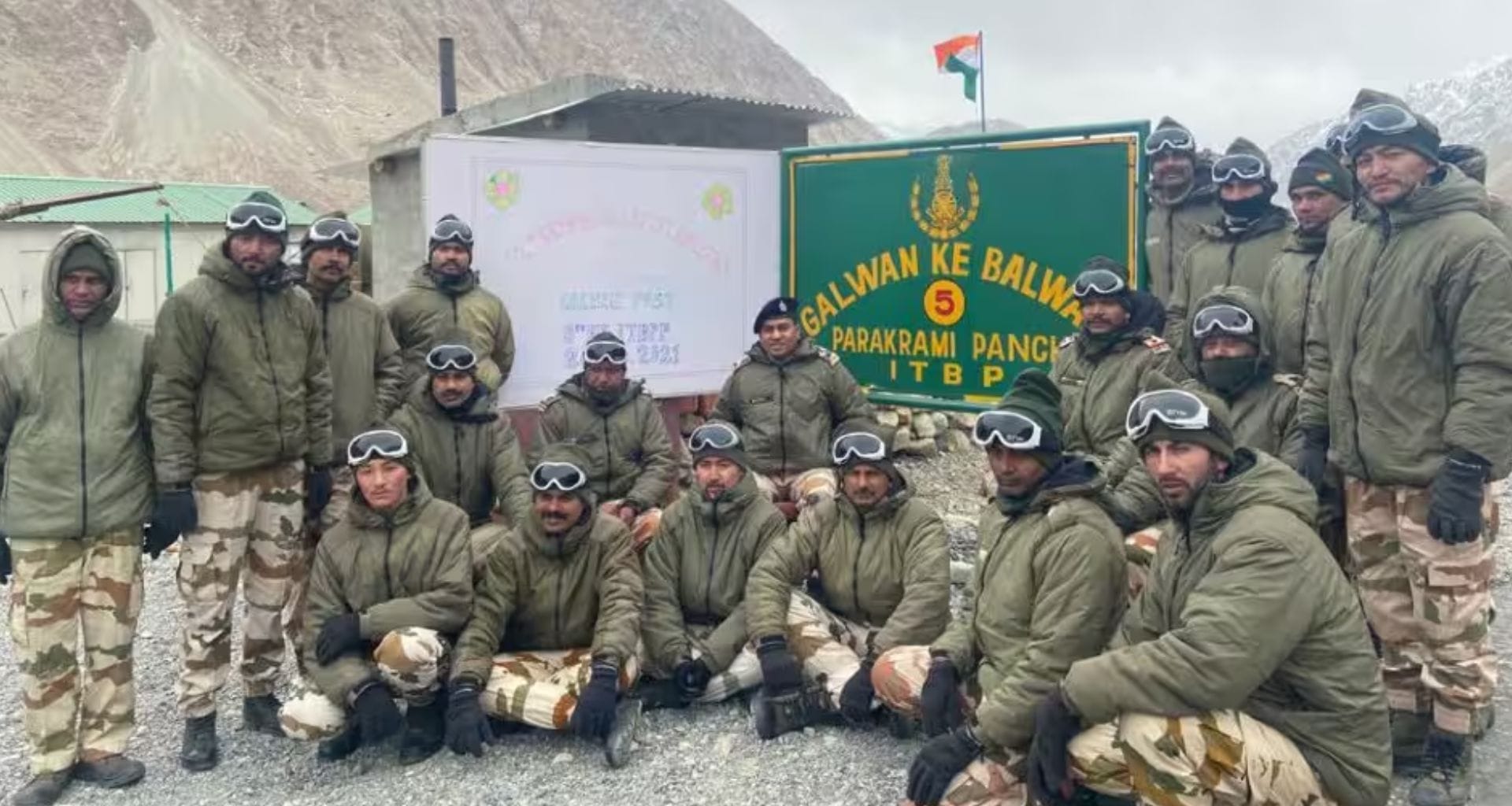SSB – Sashastra Seema Bal is India’s paramilitary force, securing and defending borders with Nepal and Bhutan. Founded in 1963, the Sashastra Seema Bal has an ever-increasing role to play in maintaining the integrity of these borders and cross-border crime management for India’s national security. This fully comprehensive article goes into the achievements, capabilities, challenges, age limits, ranks, weapons, powers, rights, funding, and overall importance of the Sashastra Seema Bal.
Brief History of SSB
Origin and Development
Sashastra Seema Bal was raised after the Indo-Sino War in 1962 for enhancing security along borders. Formerly, this organization was known as Special Security Bureau; however, with the passing of time and having regard to the overall Border Security Operation-related activities, the name of the organization was changed to Sashastra Seema Bal in the year 2001.
SSB Important Events
- 1963: SSB was raised for securing borders of India along Nepal and Bhutan.
- 2001: Renamed to Sashastra Seema Bal, as its jurisdiction was given a wider measure than security-related affairs.
- 2011: SSB was given even more sensitive areas like disaster management and antiterror operations.
Success of Sashastra Seema Bal (SSB)
Operational Successes
The SSB has, in its kitty, great exploits in most operational fields.
- Border Security: Has efficiently managed and kept under surveillance of the 1,751 km long border with Nepal and 699 km with Bhutan, thereby stopping illegal immigrants and smugglers.
- Counter-Insurgency Operations: Conducted counter-insurgency operations to neutralize the insurgent threats along the borders.
- Community Engagement: Initiatives to establish relations with communities and improve cooperation on the border management.
Important Operations
- Operation “Madhya Pradesh” : Operation in which, SSB jawans tackled and arrested smugglers trying to carry contraband across the border.
- Disaster Management : The Sashastra Seema Bal has contributed immensely towards rescue operations during floods and landslides by providing relief and rescue services.
Capabilities of SSB
Proficiencies with Multiple Skills
The Sashastra Seema Bal has developed different skills pertaining to its operating environment:
- Border Management: Ability to keep a patrol and monitor the borders to detect and prevent illegal crossing activities.
- Counter-Insurgency Tactics: Insurgent activities that deal with combating threats to national security.
- Disaster Response: Equipness in humanitarian assistance and disaster relief operations.
SSB Specialised Units
The SSB has many units specialised in an attempt to cater to the different needs associated with specific operational requirements, including:
- Dog Squads: Expertise in search and rescue operations, as well as narcotics and explosives identification.
- Medical Teams: Aided to provide medical facilities in the most remote area, ensuring health and security of personnel, and citizens living along the border.
- Intelligence Units: Exploiting and making use of all forms of intelligence on border control and potential threats.
Challenges Sashastra Seema Bal Faces (SSB)
Harsh Environmental Conditions
The difficult terrains-in the case of dense forests and mountainous areas-border management is highly challenging.
Resource Limited End
Despite this importance, the SSB suffers from budgetary constraints that might limit training, equipment procurement or infrastructure development.
SSB – Public Perception
In sensitive border regions, the perception of the Sashastra Seema Bal will be dissimilar. The unfavourable encounter may dent community trust and weaken operational effectiveness.
Age Limit and Recruitment in SSB
Age Limits for Recruitment
Recruitment in the SSB is carried out through a set of different entry schemes with specific age limits:
- Constable: In general, the students must fall in the age group of 18 to 23 years.
- Sub-Inspector: Normally, the people must fall in the age bracket of 20 to 25 years.
- Assistant Commandant: Generally, the people in the age group of recruitment notification are 19 to 25 years old.
Career Growth and Grades
SSB has designed career courses through which personnel gain promotion on consecutive ranks based on performance and experience. The grades would be as follows:
SSB Commissioned Ranks
- Assistant Commandant: It is the Junior commander who handles the operational tasks.
- Deputy Commandant: It is the middle-level officer handling specific units or operations.
- Commandant: Senior officer in charge of big operational units.
- Inspector General: Most senior officer assigned to big regions or operational areas.
Non-Commissioned Ranks
Non-commissioned ranks include various technical and support roles, which are basically required for successful operation.
Weapons and Capabilities of SSB
Armament and Equipment
The SSB is duly equipped with various types of latest armaments and gizmos meant for its vast operational responsibilities:
- Firearms: Standard issue rifles like INSAS, Sub-machine Guns, and Side Arms for personnel.
- Non-Lethal Weapons: Use of tear gas and stun grenades for crowd management and law enforcement
- Surveillance Equipment: High-Tech comprises drones, night vision devices, and communication systems for real-time monitoring.
Technological Advances
The SSB incorporates state-of-the-art technologies into its activities for enhancing operational efficiency:
- Integrated Security Systems: Using contemporary surveillance systems to monitor border areas.
- Training Simulators: Comprehensive training for creating such diverse scenarios, especially in border security management.
Powers and Jurisdiction of SSB
Police Power
The SSB is conferred with the policing power under various Acts:
- Detention for Preventive Purpose: Powers of detaining suspected persons who indulge in activities against border security.
- Power of Arrest and Search: Power of making search arrest under Sashastra Seema Bal Act and other related enactments.
Coordination in Operation with Other Agencies
The Sashastra Seema Bal coordinates with other agencies in efforts to enhance security operations:
- Joint Operations: The SSB executes joint operations with other agencies of security as well as state police, thereby ensuring an integrated approach towards the management of borders.
- Intelligence Sharing: Collaboration with the intelligence agencies in gathering and sharing information that may help in prevention of potential threats.
Employee Rights for SSB Personnel
SSB Legal Protections
Employees of the Sashastra Seema Bal have the following legal protections:
- Service Regulations: It is the service rules that treat members impartially and render discipline in its ranks, more particularly
- Welfare schemes: Welfare schemes through health education and housing
Labour Rights
Workers are accorded some rights to their work, such as:
- Safety Arrangements: Provision of safety arrangements to ensure safety of personnel during the conduct of operations.
- Redressal Mechanism: Mechanism to address grievances on service conditions and conduct.
SSB Funding and Budget
Budgetary Provision by Government
The Sashastra Seema Bal budget is provided by the Indian government through the annual budget. For the recent past, security upgradation has been the focus:
- In the 2022-2023 Budget, augmentation for modernisation, training, and operational preparedness was enhanced.
- Five-Year Plans: Short-term plans to enhance the efficiency levels and effective utilisation of resources.
SSB Utilisation of Resources
Major expense is incurred upon making investments in
- Training Programs: Upgrades made in the training processes to enhance skill development and preparedness for the operations.
- Acquisition of Equipments: Best in class weaponry, vehicles, and equipment meant for the safe execution of the operations
- Construction and Development of Infrastructure: Both development and upgradation of facilities within the training centers and operational bases.
Next Steps ahead for SSB
Modernisation Projects
The SSB is going to join the waves of modernisation, as planning for its modernisation needs has been drawn in to improve its operational capabilities:
- New Technology: Focus on putting in place cutting-edge technology for surveillance and making the operation run efficiently.
- Improved Training Programs: Continuous training on emerging security challenges in particular border security and community relations.

SSB Community Relations
Effective Sashastra Seema Bal can only be built on the backdrop of strong relations with local communities:
- Community Engagement Initiatives: Initiatives that develop mutual trust and cooperation among the civilian populace within border areas.
- Public Awareness Campaigns: Orientation of communities about the role, functions, and their responsibilities.
Border Security Focus
The SSB is meant to face security challenges that will change their course of actions accordingly. These will include:
- Counter-Security Strategies: Complete strategies on infiltration to improve border security.
- Disaster Response Initiatives: Building effective responses in disaster situations in far-flung and border areas.
SSB – Conclusion
Sashastra Seema Bal: An indispensable force to ensure the security of India’s borders and maintain peaceful borders. This document emphasises its achievements in border management, disaster response, and community engagement. Challenges in the operation environment and resource constraints will not pose any problems for Sashastra Seema Bal. Commitment to modernisation, community engagement, and strategic partnerships will make it more effective.
As a result, the SSB is an essential component of India’s defense systems. Given the ever-changing security landscape, emphasising readiness, technology innovation, and local community partnership will be vital aspects for sustaining the safety and security of India’s borders.
Read More Here: CISF (Central Industrial Security Force) -The Guardians of Industrial Security in India



